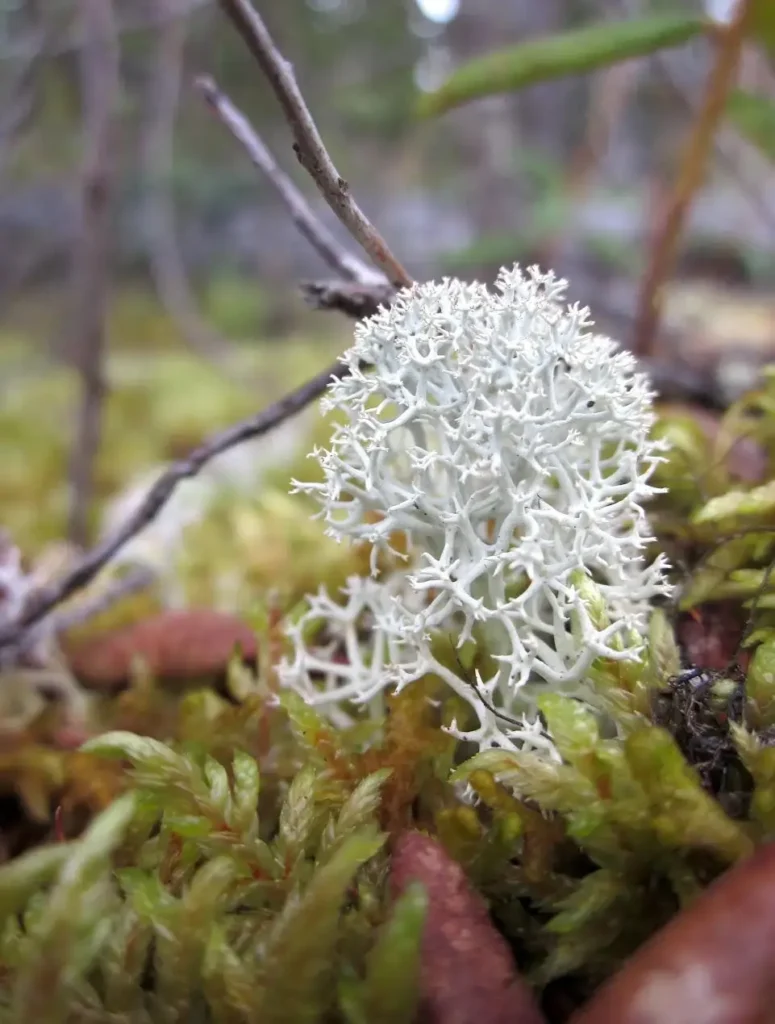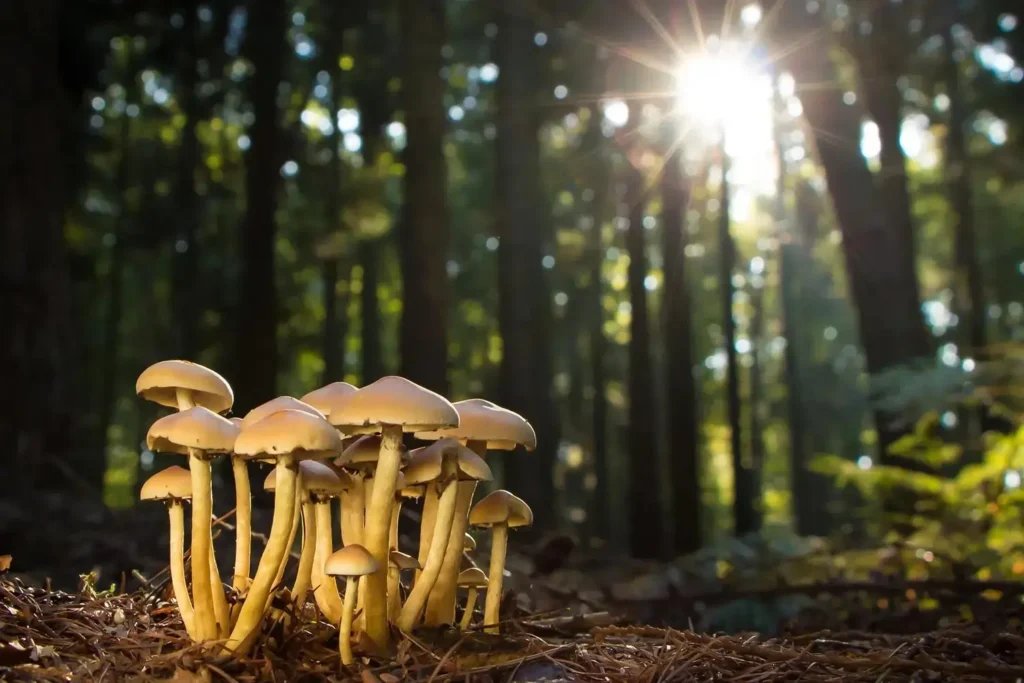In the vast boreal forests of North America, northern Europe, and Russia, a hidden world thrives amidst towering spruce, pine, and fir trees. Professor Betsy Arnold led an expedition into northeastern Canada over a decade ago, aiming to understand how fungi, known as endophytes, adapt within these ecosystems and respond to climate change. Their findings, published in Current Biology, revealed a diverse array of fungi intricately linked to their host plants, challenging conventional wisdom about fungal communities and climate. Arnold’s team collected samples across the boreal landscape, analyzing them under the northern lights to uncover insights into biodiversity and ecosystem resilience.
Their research underscores the importance of protecting plant-fungi symbiosis and highlights the potential for fungi to enhance crop resilience in the face of environmental challenges. Collaborator François Lutzoni emphasizes the research’s contribution to understanding biodiversity, while Arnold envisions a future where boreal forest fungi play a pivotal role in sustainable agriculture. This groundbreaking work, funded by the National Science Foundation’s Dimensions of Biodiversity initiative, sheds light on the intricate web of life in our planet’s largest terrestrial biome, reinforcing the value of scientific exploration in unraveling nature’s mysteries.
In the vast expanses of North America, northern Europe, and Russia, lies a realm of towering trees – the boreal forests. Spruce, pine, fir, and an array of other species dominate these landscapes, forming a circumpolar belt around the globe. These forests, stretching as far as the eye can see, represent Earth’s most extensive terrestrial ecosystem and stand as the northernmost reaches of forested lands.
But within this majestic realm lies a hidden world, one that often goes unnoticed amidst the grandeur of the towering trees and lush undergrowth. It is a world teeming with life, where fungi thrive in the shadows, nestled within the very tissues of the boreal trees or among the soft carpets of lichens and mosses that blanket the forest floor. These fungi, known as endophytes, share a symbiotic relationship with the plants they inhabit, a relationship that plays a crucial yet often overlooked role in the health and resilience of boreal ecosystems.
At the forefront of unraveling the secrets of this hidden world is Professor Betsy Arnold, a distinguished researcher from the School of Plant Sciences at the College of Agriculture, Life, and Environmental Sciences. Over a decade ago, Arnold embarked on an ambitious expedition deep into the wilderness of northeastern Canada, driven by a burning curiosity to understand how these fungal species adapt to the diverse microenvironments within the boreal forests and how they might respond to the looming specter of climate change.

The findings from Arnold’s expedition, published in the esteemed journal Current Biology, unveiled a fascinating diversity of fungi uniquely tailored to their local habitats. Through painstaking fieldwork during the summer of 2011, Arnold and her team, aided by an expert pilot, traversed the southern boreal forests of Canada, venturing all the way to the edge of the Arctic tundra. Thirty-six times, they took to the skies, landing in remote lakes and spending hours collecting samples of spruce tree leaves, mosses, and lichens.
Under the ethereal glow of the northern lights, the team toiled through the night, processing their samples in makeshift laboratories set up within the confines of their pilot’s quarters. With meticulous precision, they analyzed the fungal cultures, documenting the rich tapestry of species thriving within the boreal ecosystem.
What emerged from this expedition was a nuanced understanding of fungal biodiversity across varying climates. Contrary to conventional wisdom, the study revealed that boreal fungal communities do not adhere to a predictable pattern with climate change. Instead, their composition is intricately intertwined with both fungal species and their host plants, highlighting the complex interplay between organisms within these ecosystems.
These findings underscore the urgent need to protect plants and their fungal endophytes across the boreal biome to safeguard vital biodiversity. As Arnold reflects on the significance of their research, she emphasizes the importance of further studies to unravel the functional roles of individual endophytes and their potential for enhancing crop resilience in a changing climate.
Collaborator François Lutzoni, a distinguished professor of biology at Duke University, echoes Arnold’s sentiments, emphasizing the invaluable contribution of their research to understanding biodiversity in our changing world. The specimens collected during their expedition, meticulously preserved and deposited in herbaria, serve as enduring resources for studying the dynamic interactions between species and ecosystems over time.
Looking ahead, Arnold envisions a future where their research on boreal forest fungi not only enriches our understanding of biodiversity but also provides practical solutions for sustainable agriculture. By harnessing the potential of these fungi on a global scale, she hopes to chart a course toward a future where crops can thrive amidst the challenges of limited water and rising temperatures.
In essence, the journey into the heart of boreal forests has unveiled a world teeming with fungal diversity, offering a glimpse into the intricate web of life that sustains our planet. As we continue to unravel the mysteries of these forest fungi, we unlock invaluable insights into the delicate balance of nature and our role in preserving it.
[Reference: “Environmental drivers and cryptic biodiversity hotspots define endophytes in Earth’s largest terrestrial biome” by Jana M. U’Ren, Shuzo Oita, François Lutzoni, Jolanta Miadlikowska, Bernard Ball, Ignazio Carbone, Georgiana May, Naupaka B. Zimmerman, Denis Valle, Valerie Trouet and A. Elizabeth Arnold, 16 February 2024, Current Biology. DOI: 10.1016/j.cub.2024.01.063
This groundbreaking research was made possible through funding from the National Science Foundation initiative called Dimensions of Biodiversity, reaffirming the importance of scientific exploration in unraveling the mysteries of our natural world.


